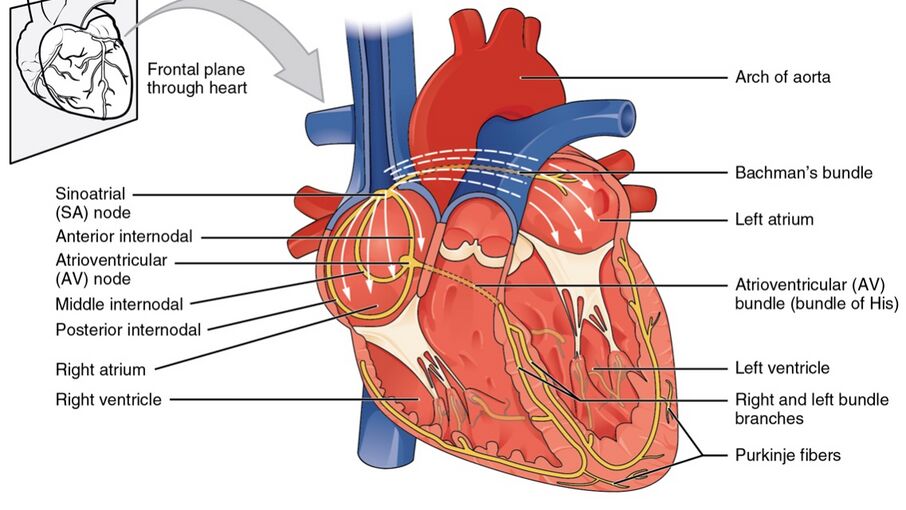
Left Ventricle Heart Physiopedia
The left ventricle has many unique features including, walls that are thicker than those of the right ventricle and an overlap of its inlet and outlet portions. •. This article details recent findings of anatomical variants associated with the left ventricular compartment. •.
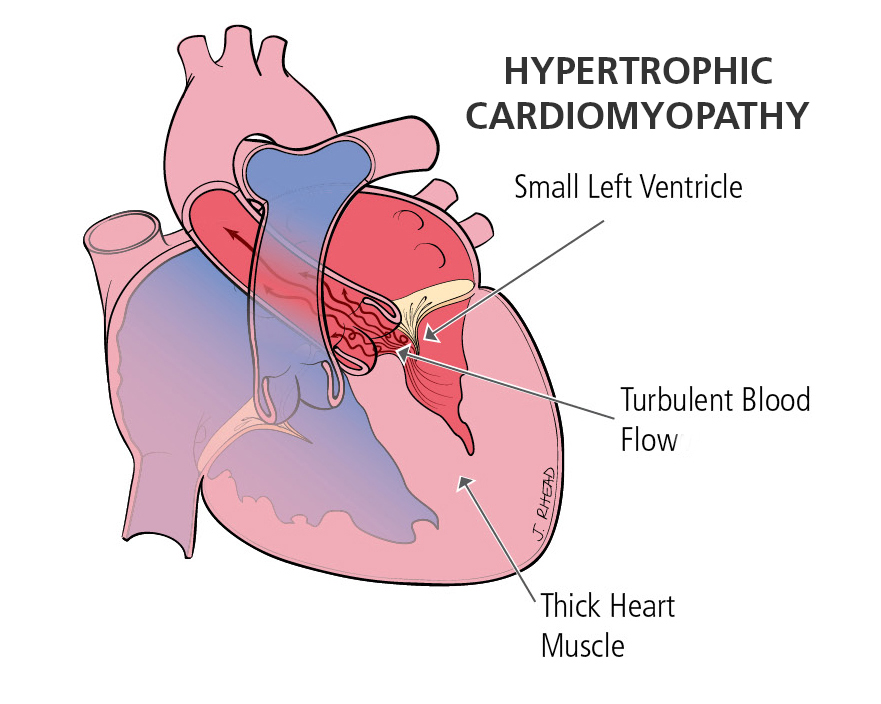
What is Hypertrophic Cardiomyopathy? Heart Care Intermountain Healthcare
The left ventricle is an integral part of the cardiovascular system. Left ventricular contraction forces oxygenated blood through the aortic valve to be distributed to the entire body. With such an important role, decreased function caused by injury or maladaptive change can induce symptoms of the disease.
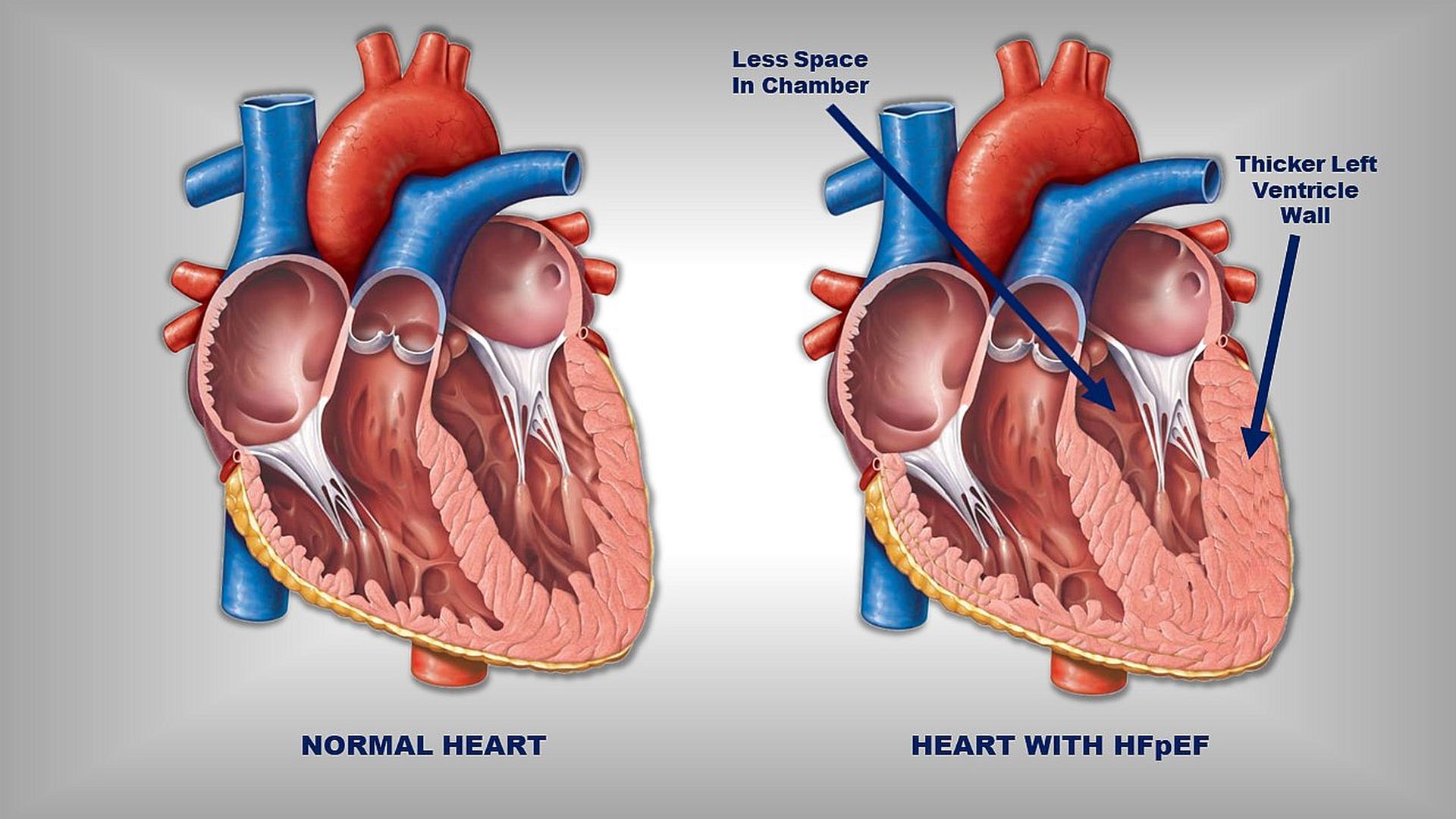
Research Story Tip Obesity Weakens Heart Muscle in Patients with a Common Type of Heart Failure
The reason why the left side of the heart is 'thicker' is fairly straightforward - and it has to do with how much work each side of the heart has to do. And it's all to do with the four.

Heart Anatomy Anatomy and Physiology II
Thickening of the Left Ventricle . Researchers have noted that the wall of the left ventricle of the heart becomes thicker with age. This thickening allows the heart to pump stronger. As our blood vessels age, they become narrower, causing blood pressure to increase. The heart compensates for this by becoming stronger and pumping with more force.

Linksventrikuläre Masse und Volumen (Größe) EKG & ECHO
The left ventricle has a thick muscular wall to provide sufficient pressure to pump the oxygenated blood to the furthest areas of the body. Blood leaves the heart through the main artery, the aorta .
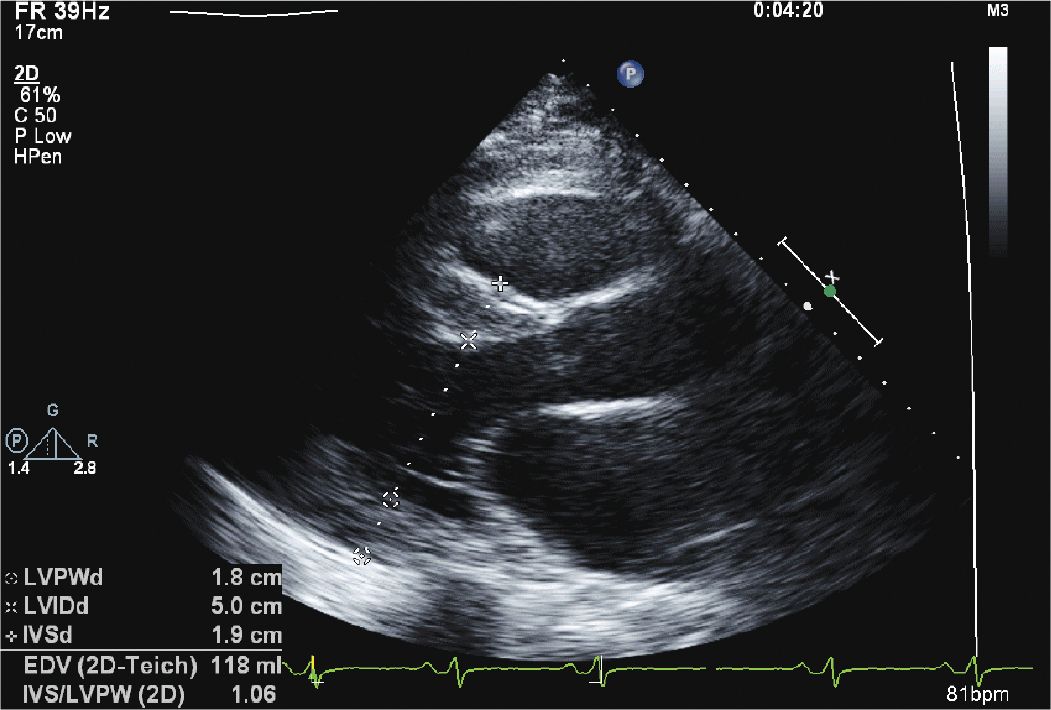
Severely Increased Lv Wall Thickness Keweenaw Bay Indian Community
The anatomical base points dorsally and slightly upwards to the right. The right atrium and ventricle make up most of the sternocostal surface of the heart, while the diaphragmatic surface is made up by the right and left ventricles. The left atrium contributes to the anatomical base. Endocardium. 1/3.
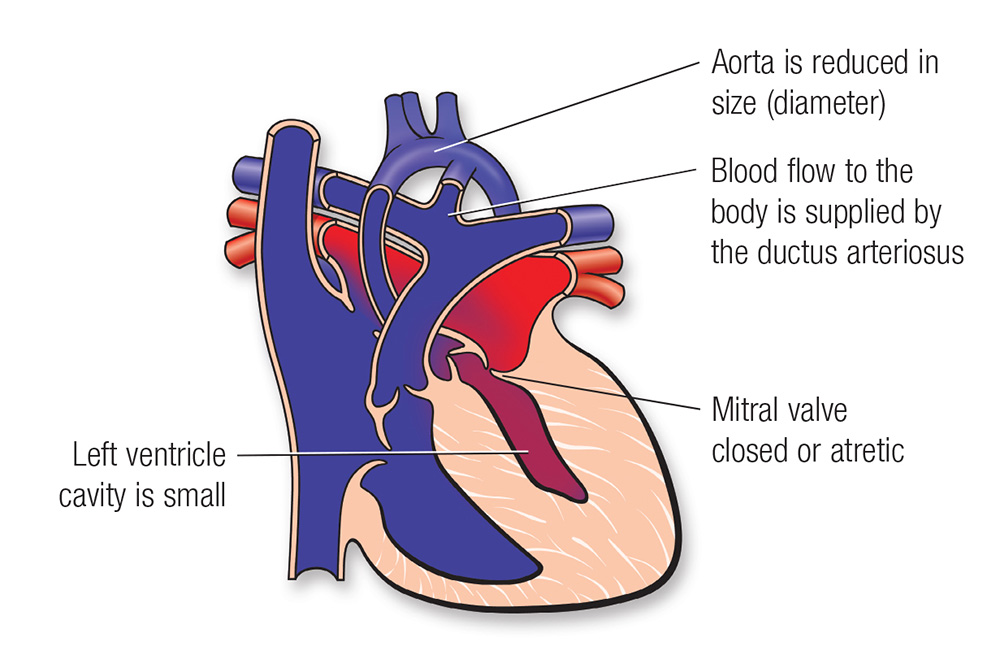
Single Ventricle Defects American Heart Association
Explain why in the heart the wall of the left ventricle is thicker than the wall of the right ventricle? This is because the left ventricle pumps oxygenated blood round the entire body while the right ventricle only pumps blood to the lungs which is a much shorter distance.

Left Ventricular Dysfunction Causes, Symptoms And Treatment
The walls of the left atrium are thin, so the pressure generated by their contraction is low. Low pressure is sufficient because blood is forced only a short distance; from the left atrium down to the left ventricle. The muscular walls of the left ventricle are much thicker and generate much higher pressure, as shown on the graph.

Myokardmechanik Struktur und Funktion der Myokardfasern EKG & ECHO
causes Diagnosis & treatment Overview Left ventricular hypertrophy Enlarge image Left ventricular hypertrophy is thickening of the walls of the lower left heart chamber. The lower left heart chamber is called the left ventricle. The left ventricle is the heart's main pumping chamber.

Anatomic Substrate for Idiopathic Left Ventricular Tachycardia Circulation
The left ventricle is the thickest of the heart's chambers and is responsible for pumping oxygenated blood to tissues all over the body. By contrast, the right ventricle solely pumps blood to.

Cardiovascular disease Ventricular Dysfunction, Heart Failure, Treatment Britannica
The left ventricle is the main chamber of your heart. It is responsible for pumping oxygen-rich blood into your aorta (the largest artery in the body). If the heart has to work too hard to pump blood, the muscles in the walls of the left ventricle thicken. This thickening is called hypertrophy. Hypertrophy means growing (trophy) too much (hyper).
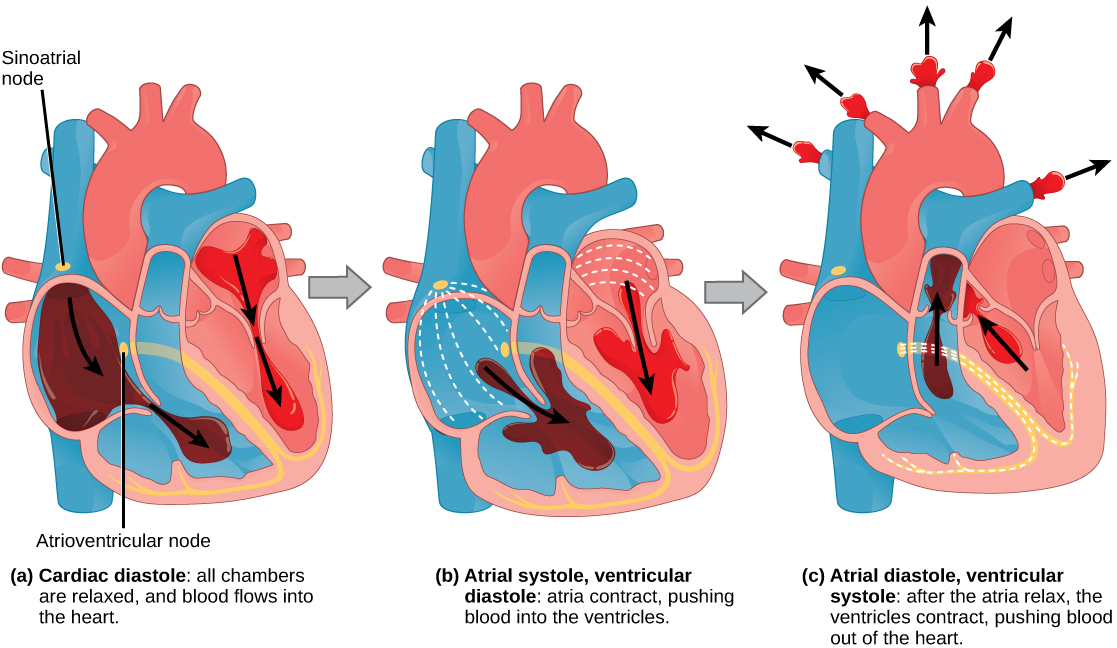
Circulatory and Respiratory Systems · Concepts of Biology
In the human heart, why is the wall of the left ventricle thicker than that of the right ventricle? Option (A) the left ventricle is adapted to push blood at high pressure to the lungs. Option (B) the left ventricle is adapted to push blood at high pressure around the body.
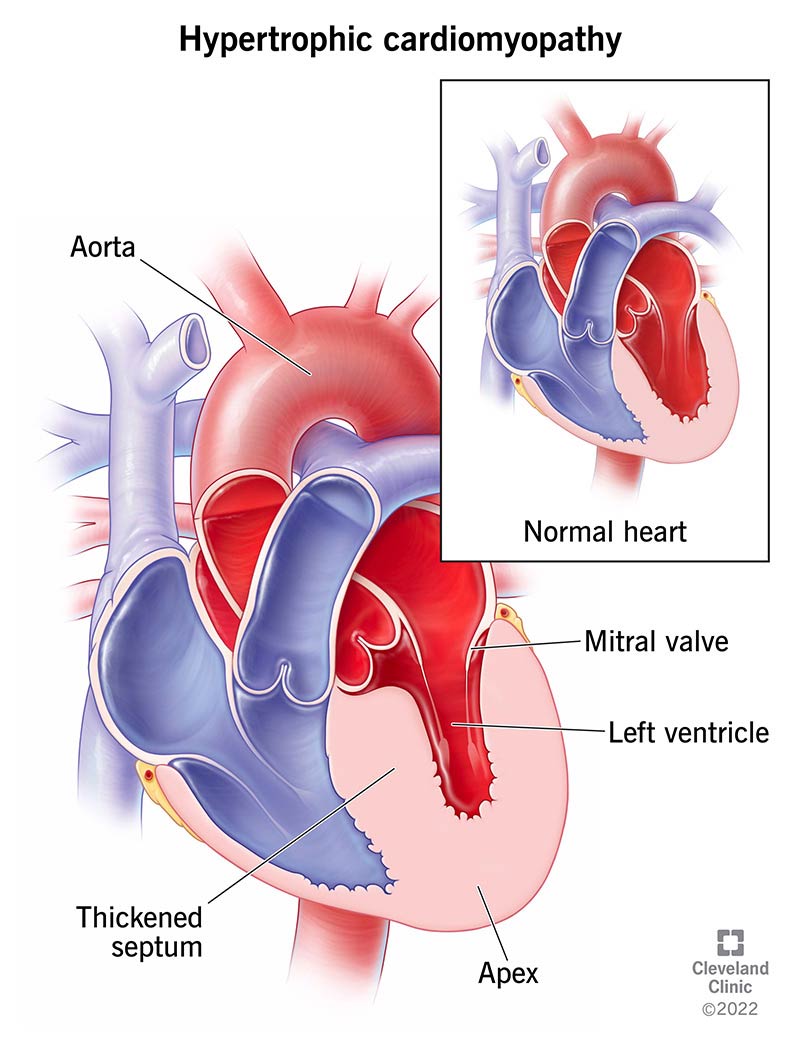
Hypertrophic Cardiomyopathy Causes, Symptoms & Treatments
The heart is a mediastinal structure that has the most important role in the circulatory system. In the anatomical position, the heart is obliquely positioned, with its anatomical base (formed by the left atrium) pointing posterolaterally to the right and the apex of heart directed anteroinferiorly to the left.

Left ventricle Diagram Quizlet
The Left and right ventricles collectively make the apex of the heart. Since the left ventricle wall is thicker than the right ventricle, the left ventricle pumps blood with high pressure. The main difference between the right and the left ventricle is the pressure of the blood pumped by each ventricle. Also Read:

» Cardiomegaly Causes, Treatment, Symptoms, Pictures, Types
The right ventricle myocardium is thicker than the atrial myocardium, as this muscle must pump all blood returning to the heart into the lungs for oxygenation. The myocardium is thickest in the left ventricle, as this chamber must create substantial pressure to pump blood into the aorta and throughout systemic circulation.

Interventricular Septum What Is It, Location, and More Osmosis
The left ventricle wall is thicker than the right because it pumps blood around the body while the right pumps blood to the lungs, located close to the heart. The following arteries and.